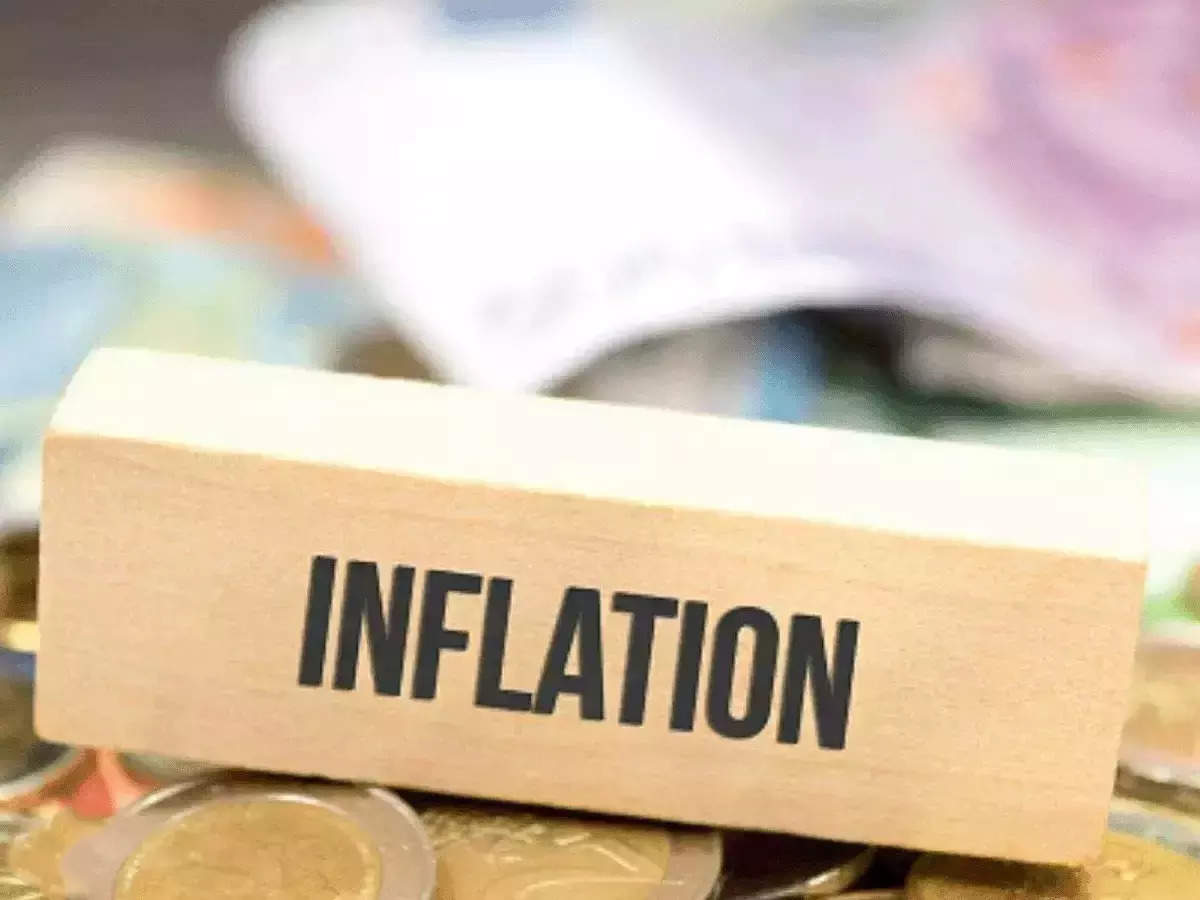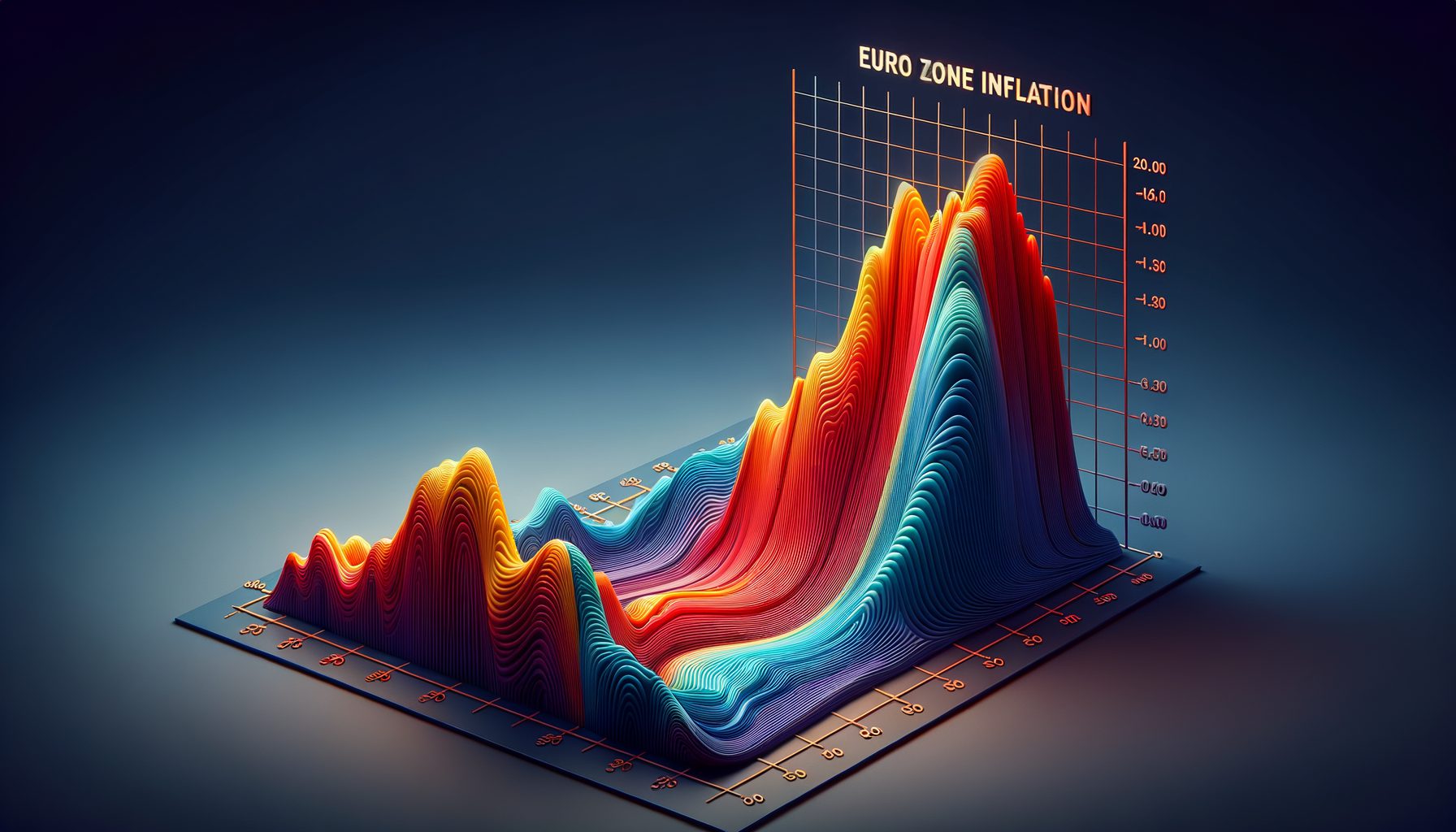More than expected, US wholesale price inflation increased by 0.5% in September. Unexpectedly, high wholesale price growth in September was a sign of brewing inflationary pressures for the American economy.
The Labor Department reported on Wednesday that the producer price index, which measures the costs for finished goods that producers pay, increased by 0.5% for the month as opposed to the 0.3% increase predicted by the Dow Jones, less than the 0.7% growth in August.
Against the forecast of 0.2%, the core PPI increased by 0.3% excluding food and energy. Excluding food, energy, and trade services, the index increased by 0.2%, as predicted.
Stock futures were slightly lower after the PPI release, and treasury yields were off their lows but remained negative.
Services saw an increase of 0.3%, but final demand goods saw an increase of 0.9% on a monthly basis. Gasoline prices rose 5.4%, which accounted for much of the increase in goods prices.
The cost of final demand trade services increased by 0.5%, while prices for final demand services less trade, transportation, and warehousing increased by 0.3%. The price of deposit services at commercial banks increased 13.9% under the services category as well.
The headline PPI increased 2.2% annually, the biggest change since April. In June, the 12-month pace had slowed to as low as 0.2%, but since then, it has been increasing.
Markets regard the PPI as a leading indicator of inflation because it measures a wide range of costs for goods that are used to make consumer products. The more closely watched consumer price index, which is due out on Thursday from the Labor Department, is expected to show a slight slowdown in the rate of inflation.
The Federal Reserve, which has been aggressively raising interest rates to contain inflation, uses data from both reports to inform its policy decisions.
As Treasury yields have sharply increased on their own recently, tightening financial conditions, central bank officials have suggested that they might not need to implement additional hikes. Stock prices have increased this week because of this helping to allay market concerns.
The Fed wants to achieve an annual inflation of 2%, but it won’t happen for a while. Although officials have one more rate increase planned before the end of the year, market pricing suggests the central bank is likely finished raising rates in this cycle.





